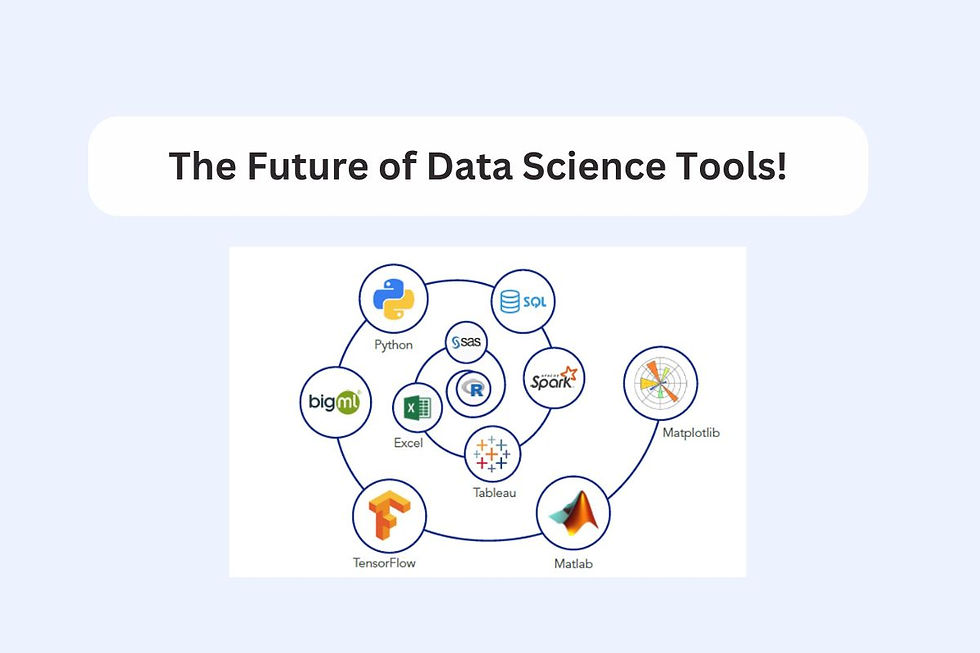What Are Daemon Threads and How Do They Work?
- archi jain

- Jun 26, 2024
- 3 min read

Daemon threads are a type of thread in programming that run in the background to support primary (user) threads. Unlike user threads, daemon threads are not essential to the main functionality of an application and terminate automatically when all user threads have finished. They are used for auxiliary tasks such as garbage collection, background data syncing, and monitoring, helping improve application performance and efficiency.
Understanding Threads
A thread is the smallest unit of a process that can be managed by the operating system. When an application runs multiple threads concurrently within a single process, it is called multi-threading. This allows the application to perform multiple tasks simultaneously, leading to better performance and responsiveness.
Types of Threads: User Threads vs. Daemon Threads
Threads in an application can be categorized into two main types:
User Threads
Daemon Threads
User Threads
User threads are the primary threads created by a programmer to carry out specific tasks within an application. These threads are essential for the application’s core functionality. They continue to run until they complete their tasks, and their termination usually means the end of the application.
Daemon Threads
Daemon threads are background threads that support user threads. They are not crucial for the main functionality of the application but perform auxiliary tasks such as cleanup and resource management. The key characteristic of daemon threads is that they are automatically terminated when all user threads have finished execution.
Characteristics of Daemon Threads
Background Services: Daemon threads run in the background and provide support services to user threads.
Automatic Termination: Daemon threads are terminated by the runtime environment when all user threads have completed their execution.
Lower Priority: These threads typically run with lower priority compared to user threads because they perform less critical tasks.
How Daemon Threads Work
Daemon threads operate behind the scenes, performing tasks that support the main application. They work as long as user threads are running and are terminated automatically once the user threads complete their tasks. This makes daemon threads suitable for continuous background processes that do not need to finish if the main application is closed.
Use Cases of Daemon Threads
Daemon threads are used for various background tasks, including:
Garbage Collection: Managing and cleaning up unused memory.
Background Data Syncing: Keeping data synchronized with a server or database without interrupting the main application.
Monitoring and Logging: Tracking the performance of the application and recording logs for later analysis.
Advantages of Daemon Threads
Automatic Cleanup: They help in cleaning up resources automatically, which can simplify the application's resource management.
Improved Performance: By handling background tasks, daemon threads allow user threads to focus on the main tasks, enhancing overall performance.
Efficient Resource Usage: Daemon threads can perform tasks periodically without consuming significant resources.
Disadvantages of Daemon Threads
Risk of Data Loss: Since daemon threads can be terminated abruptly, there is a risk of incomplete operations or data loss.
Complex Debugging: Debugging issues related to daemon threads can be more challenging due to their background and lower-priority nature.
Best Practices for Using Daemon Threads
Use for Non-Critical Tasks: Only employ daemon threads for tasks that are not critical to the application's core functionality.
Handle Interruptions Gracefully: Ensure that daemon threads can manage interruptions properly to avoid resource leaks or incomplete operations.
Avoid Blocking Operations: Daemon threads should not perform long-running or blocking tasks that can delay the application's shutdown.
Conclusion
Daemon threads are a valuable tool in multi-threaded programming, providing essential background services that support the main threads of an application. They are designed to run in the background and terminate automatically when no longer needed, making them ideal for auxiliary tasks like garbage collection, data syncing, and monitoring. By understanding their characteristics, use cases, and best practices, developers can effectively utilize daemon threads to build efficient and responsive applications.To deepen knowledge and skills in Daemon and programming, consider exploring in a Java Certification Course in Indore, Delhi, Ghaziabad, or other cities near you.
FAQs on Daemon Threads
Q1: What is a daemon thread?
A daemon thread is a type of thread that runs in the background to support primary (user) threads. It is not essential to the main functionality of an application and automatically terminates when all user threads finish execution.
Q2: How does a daemon thread differ from a user thread?
A user thread performs core tasks of an application and keeps running until it completes its job. In contrast, a daemon thread provides auxiliary services and is automatically terminated when all user threads have finished.
Q3: What are some common use cases for daemon threads?
Daemon threads are commonly used for:
Garbage collection
Background data syncing
Monitoring and logging services
Periodic maintenance tasks
Q4: What are the benefits of using daemon threads?
Benefits of daemon threads include:
Automatic cleanup of resources
Improved performance by offloading background tasks
Efficient use of system resources for non-critical tasks








Comments